The history of dart equipment marketing reveals a fascinating evolution from simple pub games to a global sport with sophisticated advertising strategies. This article explores the key milestones in how dart equipment has been promoted, from early craftsmanship to modern e-commerce and endorsements. You’ll discover how marketing techniques have adapted to reach different audiences and drive the growth of the sport.
⚠️ Still Using Pen & Paper (or a Chalkboard)?! ⚠️
Step into the future! The Dart Counter App handles all the scoring, suggests checkouts, and tracks your stats automatically. It's easier than you think!
Try the Smart Dart Counter App FREE!Ready for an upgrade? Click above!
Early Days: Craftsmanship and Word-of-Mouth
In the early days of darts, dating back to the late 19th and early 20th centuries, there was little to no formal marketing. Dartboards and darts were primarily crafted by local artisans and sold directly to pubs or individual players. The focus was on the quality and durability of the equipment, with word-of-mouth referrals serving as the primary means of promotion. This era emphasized the practical aspects of the equipment, such as the material used for the dartboard (often elm or poplar) and the weight and balance of the darts themselves.
Reputation and personal recommendations were everything. A skilled craftsman known for producing high-quality dartboards would naturally attract customers. This period highlights the importance of building a solid reputation through consistent quality and reliable service, which remains a valuable lesson for businesses today. The lack of formal advertising meant that the quality of the product had to speak for itself.
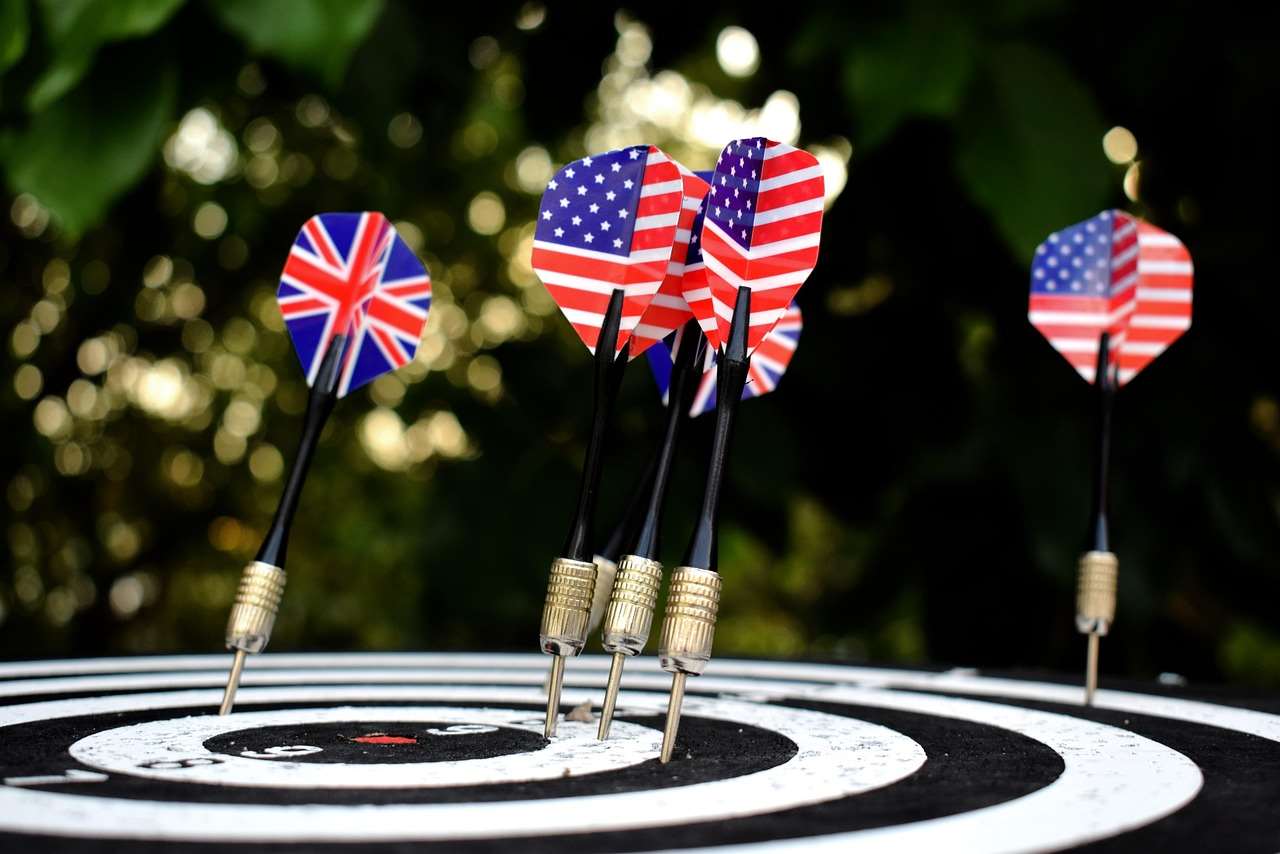
The Rise of Standardisation
As darts gained popularity, particularly in England, certain standards began to emerge for dartboard construction and dart design. This led to the development of more consistent products and the beginnings of branded dart equipment. While not yet formal marketing, the emergence of brands signaled a shift toward a more organized approach to the darts industry.
The standardization allowed for greater consistency in gameplay and made it easier for players to compare and evaluate different dart sets. The introduction of features like the wire spider on dartboards, which reduced bounce-outs, helped to improve the playing experience and further fueled the sport’s growth.
The Mid-20th Century: Growth and Limited Advertising
The mid-20th century saw darts surge in popularity, especially in the UK, with regular televised tournaments. However, the marketing of dart equipment remained relatively understated compared to today. Small advertisements in sporting magazines and local newspapers were common, often highlighting the precision and quality of the darts. Some manufacturers began to sponsor local dart teams, a rudimentary form of brand marketing.
Despite the limited advertising, the growing popularity of televised darts created increased awareness of the sport and its equipment. Players began to recognize specific brands, leading to a demand for those products in local pubs and shops. This period marked a transition from relying solely on word-of-mouth to incorporating basic marketing strategies to reach a wider audience. One could find equipment from a range of suppliers.
Endorsements Begin to Emerge
A key development during this era was the beginning of endorsements. While not as elaborate as modern sponsorships, some prominent dart players began to associate themselves with specific dart manufacturers. This gave brands added credibility and helped to increase their visibility among aspiring players. These early endorsements paved the way for the lucrative sponsorship deals we see in professional darts today.
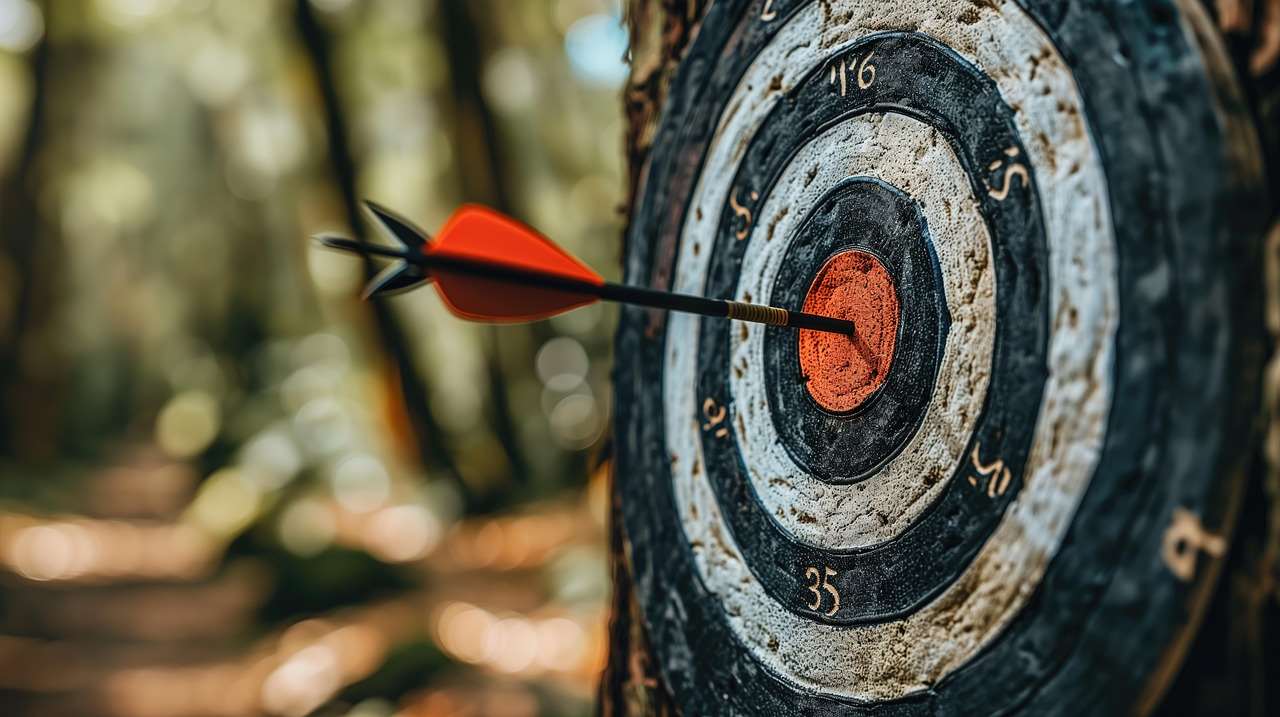
The Late 20th Century: Television, Sponsorship, and Focused Campaigns
The late 20th century witnessed a boom in dart equipment marketing. The increasing popularity of televised darts tournaments, coupled with the rise of professional dart players, created a fertile ground for sponsorship deals and targeted advertising campaigns. Brands like Unicorn, Harrows, and Winmau became household names, largely through their association with top players and their prominent presence during televised events.
Marketing campaigns became more sophisticated, emphasizing the performance benefits of specific dart models and dartboard designs. Technical innovations, such as tungsten darts and improved sisal dartboards, were heavily promoted as ways to enhance a player’s accuracy and consistency. The late 20th century also saw the emergence of dedicated dart shops, both physical and mail-order, providing a wider range of equipment and expert advice for players.
Targeted Advertising and Print Media
Magazines dedicated to darts, like “Darts World,” provided valuable platforms for manufacturers to reach a dedicated audience. These magazines featured product reviews, player interviews, and advertisements showcasing the latest dart equipment. The use of print media allowed for more detailed product information and targeted messaging, helping to drive sales and build brand loyalty.
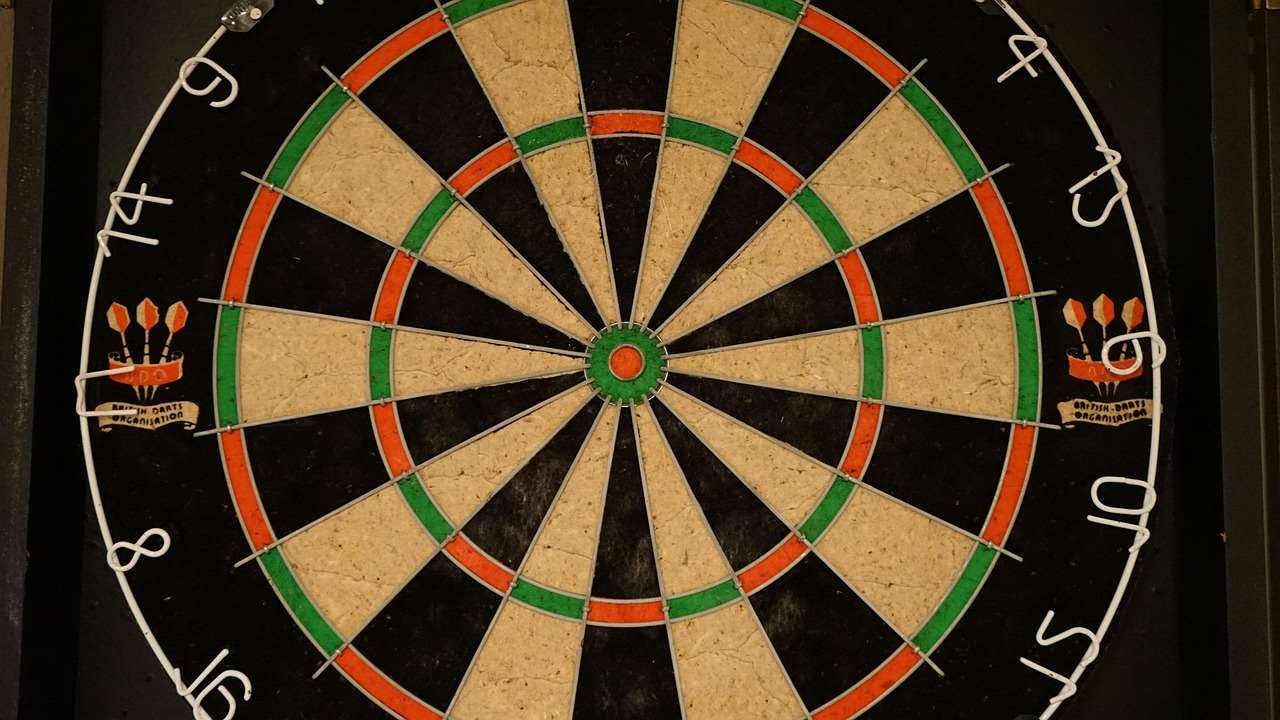
The 21st Century: Digital Marketing, E-commerce, and Global Reach
The 21st century has revolutionized the marketing of dart equipment. The rise of the internet and e-commerce has enabled manufacturers to reach a global audience with ease. Online retailers offer a vast selection of dartboards, darts, and accessories, often at competitive prices. Digital marketing strategies, including search engine optimization (SEO), social media marketing, and pay-per-click (PPC) advertising, have become essential for success in the modern darts industry. Endorsement deals have gone premium, with top players reaping the rewards of a global audience, for those asking are premium darts worth it.
Social media platforms like Facebook, Instagram, and YouTube have become powerful tools for engaging with dart fans and promoting new products. Manufacturers use these platforms to share product videos, player interviews, and behind-the-scenes content, creating a sense of community and building brand awareness. Influencer marketing, where popular dart players promote products to their followers, has also become increasingly common.
The Impact of E-commerce
E-commerce has not only expanded the reach of dart equipment manufacturers but has also made it easier for players to research and compare products. Online reviews and customer testimonials provide valuable insights, helping players make informed purchasing decisions. The convenience of online shopping has also led to an increase in impulse purchases, as players can easily browse and buy new dart equipment from the comfort of their own homes.
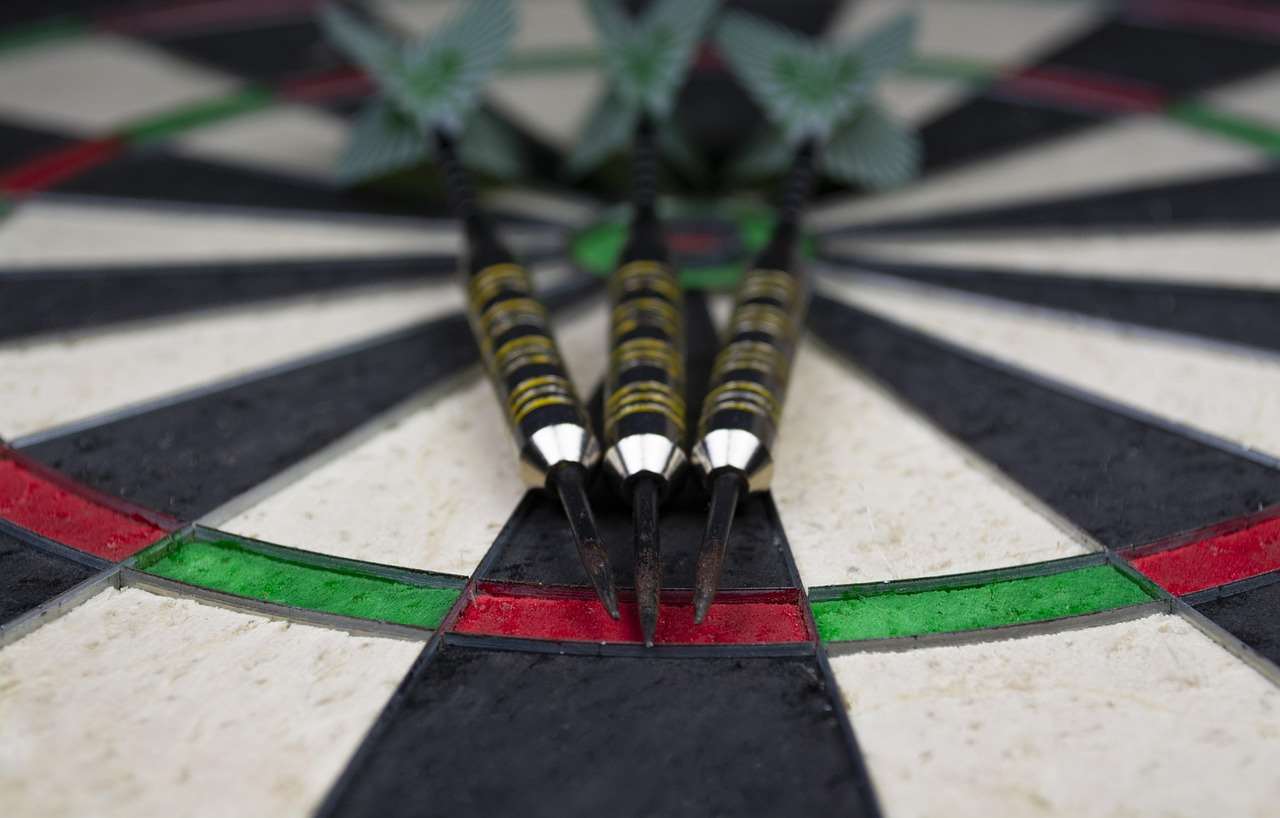
Current Trends and Future Directions
Today, dart equipment marketing is characterized by a strong emphasis on personalization and customization. Manufacturers offer a wide range of options, allowing players to tailor their dart equipment to their individual preferences. Custom-made darts, personalized dart flights, and even custom-printed dartboards are becoming increasingly popular.
Sustainability and ethical sourcing are also gaining importance in the dart equipment industry. Consumers are becoming more aware of the environmental and social impact of their purchases, and manufacturers are responding by offering products made from sustainable materials and produced under fair labor conditions. As the sport continues to grow globally, marketing efforts will likely become even more sophisticated, incorporating advanced data analytics and artificial intelligence to target specific customer segments with personalized messaging.
Another rising trend is the integration of technology into dart equipment. Smart dartboards that track scores and provide performance analysis are becoming more common, appealing to tech-savvy players who want to improve their game. This integration of technology presents new marketing opportunities, as manufacturers can promote the benefits of these features and target players who are looking for a competitive edge.
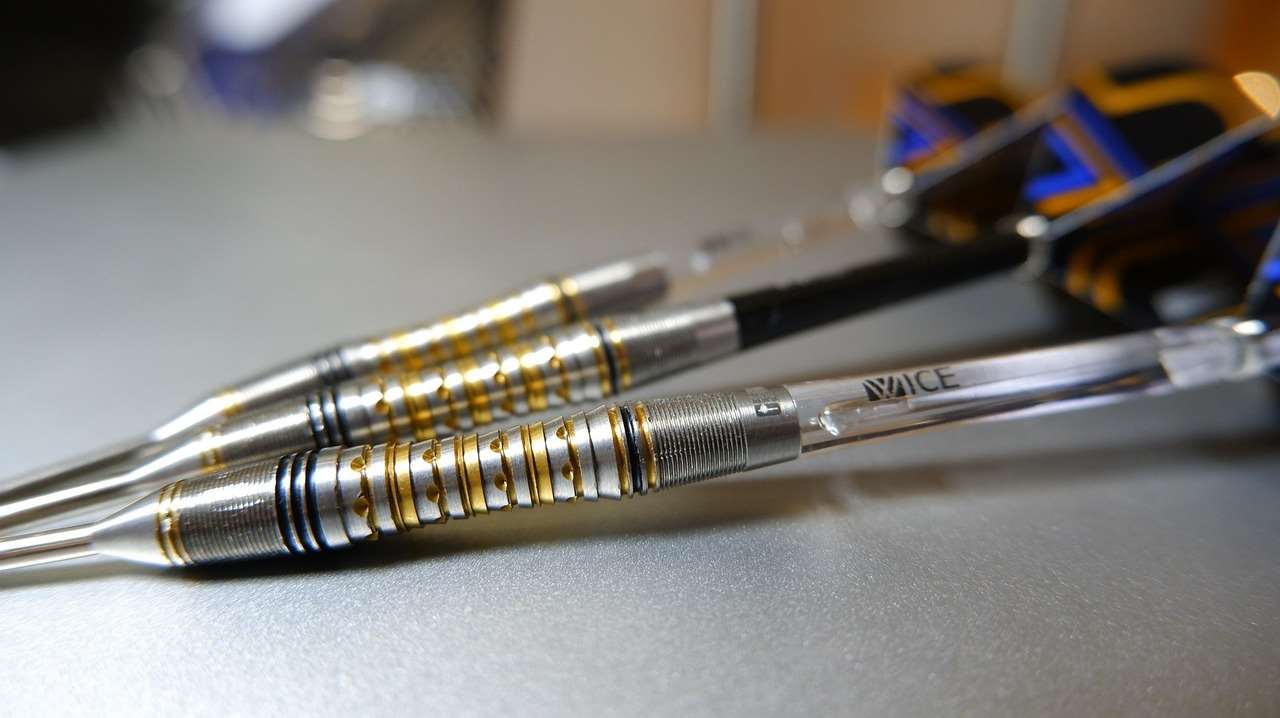
Conclusion
The history of dart equipment marketing reflects the evolution of the sport itself, from humble beginnings to a global phenomenon. From the early days of craftsmanship and word-of-mouth to the sophisticated digital marketing strategies of today, the way dart equipment is promoted has changed dramatically. Key milestones include the rise of standardized products, the emergence of endorsements, the impact of television, and the revolution brought about by e-commerce and social media. Understanding this history provides valuable insights for businesses in the darts industry and highlights the importance of adapting to changing market conditions and consumer preferences. To discover the true value of budget dart sets, read our additional resources. Explore our articles and find the equipment that’s right for you!
Hi, I’m Dieter, and I created Dartcounter (Dartcounterapp.com). My motivation wasn’t being a darts expert – quite the opposite! When I first started playing, I loved the game but found keeping accurate scores and tracking stats difficult and distracting.
I figured I couldn’t be the only one struggling with this. So, I decided to build a solution: an easy-to-use application that everyone, no matter their experience level, could use to manage scoring effortlessly.
My goal for Dartcounter was simple: let the app handle the numbers – the scoring, the averages, the stats, even checkout suggestions – so players could focus purely on their throw and enjoying the game. It began as a way to solve my own beginner’s problem, and I’m thrilled it has grown into a helpful tool for the wider darts community.